MO Tested: FLY Formula Helmet Review

FLY's approach to mitigating rotational impacts
The new FLY Formula helmet sits atop the company’s helmet line up in terms of safety, materials, and price ($649.96). FLY’s Conehead EPS technology, Impact Energy Cells from Rheon Labs, and the helmet’s 12k carbon fiber shell all come together to make a substantial lid that FLY claims is its safest yet.
After being able to use this lid during some technical trail rides as well as a recent 1,000-mile dual-sport trip, I’m happy to report that I can’t report on its crashworthiness. There is still plenty to talk about though. First, let’s do a deep dive into what makes this helmet stand out in the market.
Tech
Starting from the outside, the FLY Formula’s shell is built from 12k carbon fiber. The 12k refers to the 12,000 carbon filaments per band. These wider, flatter carbon fiber weaves make the shell both lighter and stronger than a smaller, more traditional carbon fiber weave.
Next up is FLY’s Conehead EPS technology. The company claims the unique EPS “provides a softer liner through which cones help manage and absorb impact force more efficiently. Six critical zones have been fine tuned for a progressive response to low-speed and high-speed impacts”. The helmet also uses a thicker EPS liner in specific areas such as the forehead to provide better protection in areas more likely to sustain impact.
Heading deeper still into the Formula’s layers of protection are the Rheon Labs Impact Energy Cells. These cells are made from highly strain-rate sensitive polymers that stiffen momentarily while absorbing energy. The technology is similar to the more widely known D3O material. The shape of these cells are said to maximize absorption of low-speed linear and rotational impacts while reducing forces transmitted to the brain.
The helmet’s liner also uses a few different densities of foam to provide comfort, wrapped in a fairly basic soft antimicrobial fabric.
On the Trail
After using the FLY Formula for some time now, I’m impressed by the fit and lightness of the helmet. The medium is more snug than most of my helmets, including the FLY F2 Carbon, but not uncomfortably so. The helmet fits an intermediate oval head shape. The foam used in the comfort liner is more dense than the F2 and seems like it’s going to take longer to break in, but the secure feeling is by no means uncomfortable, even after nearly a week of use for about seven hours a day. From the first time I pulled the Formula helmet on, to today, I’ve had no hotspots and have been overall quite happy with the fit.
The light weight also helps to lessen fatigue during long stints wearing the helmet. At 2 lbs 14.8 ounces (1327 grams), the FLY Formula is one of the lightest off-road helmets I’ve used. That being said, the FLY F2 Carbon on my shelf is just an ounce heavier and costs $400 less. Of course, with the F2 you’re not getting the 12k carbon, Conehead, or Rheon technology.
My only complaints about the helmet are that it’s fairly loud and that the ventilation works best at a good clip. On blustery days there were times, when at a standstill, the wind would whip through the helmet and almost sound as though it was echoing off of the carbon shell around my ears. The remedy for this is to simply wear earplugs if you’re not already. The helmet flows a decent amount of air as long as you’re moving quickly, once the pace starts slowing down when the riding is more technical, it doesn’t seem to ventilate as well. This feeling may also be attributed to the denser foam in the comfort liner, but I didn’t notice this issue with the F2 Carbon.
The FLY Formula helmet is ECE and DOT rated and has four color options, all of which are priced at $650. The Formula helmet is packed with safety technology while still managing to be one of the lightest off-road helmets on the market, making it a solid performer in the marketplace.
Shop for the FLY Formula helmet here
We are committed to finding, researching, and recommending the best products. We earn commissions from purchases you make using the retail links in our product reviews. Learn more about how this works.

Ryan’s time in the motorcycle industry has revolved around sales and marketing prior to landing a gig at Motorcycle.com. An avid motorcyclist, interested in all shapes, sizes, and colors of motorized two-wheeled vehicles, Ryan brings a young, passionate enthusiasm to the digital pages of MO.
More by Ryan Adams




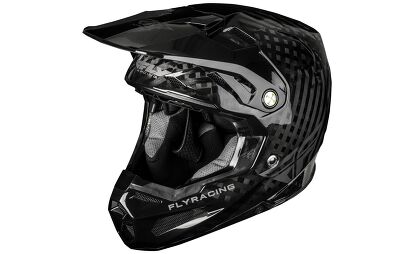



















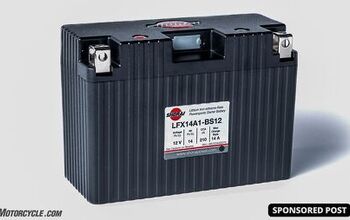
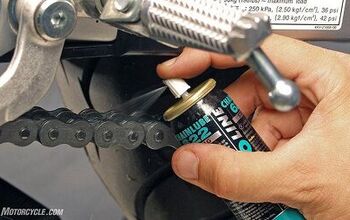
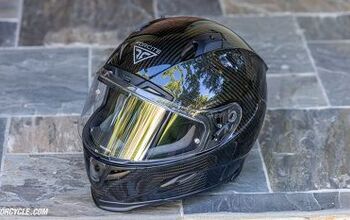
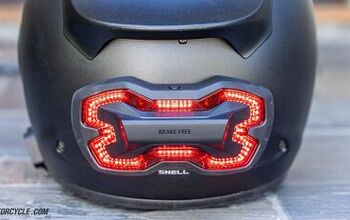









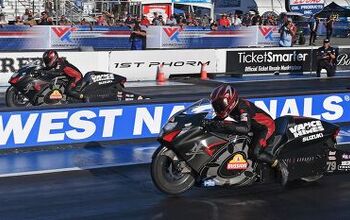



Comments
Join the conversation
Why do dual-sport or off-pavement helmets have unusually long chin bars?
Very helpful review. The comparison against F2 is what I was looking for.